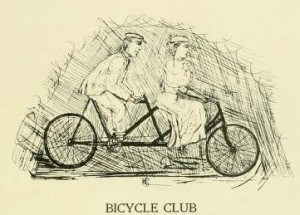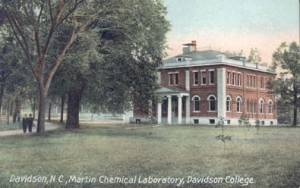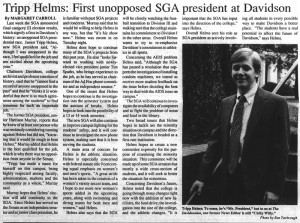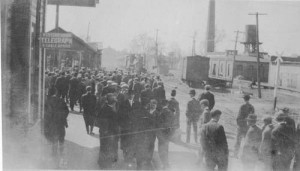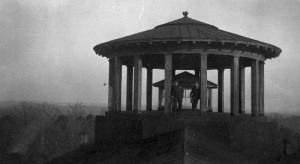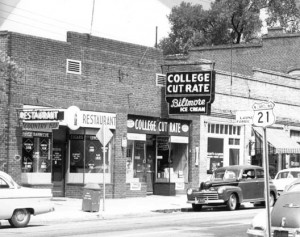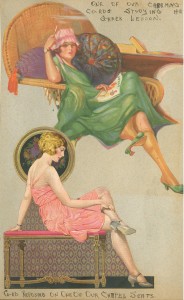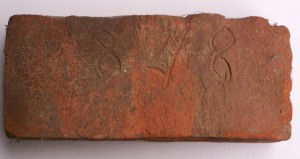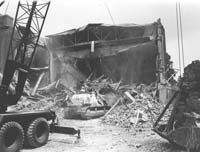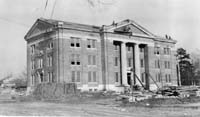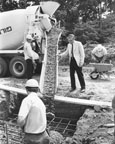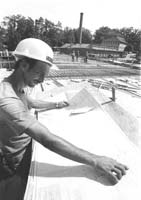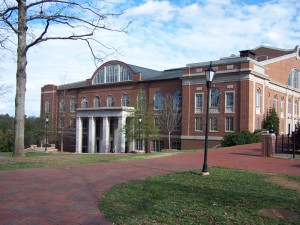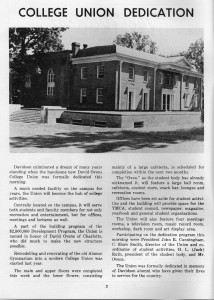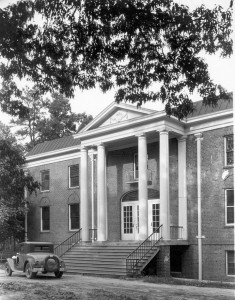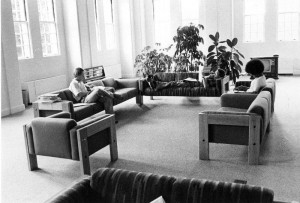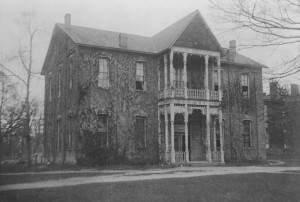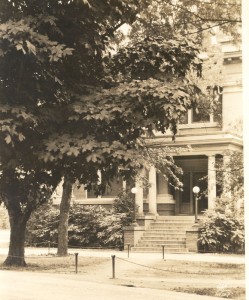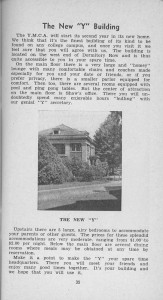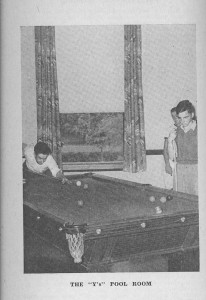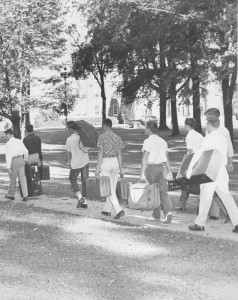1837-2012 ◊◊ Celebrating Davidson’s 175th anniversary
Let the celebrations begin! – well, almost. We’re getting close to the anniversary date of March 12. We’ll start by giving a bit more history sharing events for a week instead of just a day. WDAV listeners will soon be hearing snippets of Davidson lore and memories, with other town and campus events to follow throughout the month and even into Town Day in May.
Life gets easier and harder for students!
March 4: 1867 — In the aftermath of the American Civil War, the college’s enrollment was so low that faculty sought ways to increase the number of students while at the same time making the current students work a little harder–early on Saturday mornings. On the same day the faculty resolve
That while our number is so small, and the difficulties and necessities of the Country are so great, it would be desirable to admit to College privileges, on probation, any student whose proficiency justified the hope that, by extra attention, he might ultimately be admitted to a regular standing in the Class for which he applied.
and
That beginning on next Saturday week, such of the students as the Professor of Belles Lettres shall appoint, be required to declaim on alternate Saturday mornings, before breakfast, in the old Chapel.
Bicycle paths and new presidents
March 5: 1895– The college “D” gets modified when Faculty give permission so that “the students who have bicycles be allowed to make a small path across the corner of the campus near the Church to enable them to turn easily when riding around the circle.
March 5: 1913 – Woodrow Wilson, class of 1877, is publicly inaugurated as President of the United States. (He was privately inaugurated on the 4th but since it was a Sunday, the public ceremonies were held on the 5th.)
Celebrations, chemistry and committees
March 6: 1857 – The faculty decided it would not be expedient for the students to celebrate the 20th May [Note: May 20th is the day set aside in North Carolina for celebrating in the Mecklenburg Declaration of Independence]. They are allowed to have the Declaration of Independence read on the 4th of July, if necessary, and a speech delivered. The faculty will reverse this decision on April13, allowing the students time off to go to Charlotte for May 20th celebrations.
March 6: 1901 –Martin Chemical Laboratory opens in 1901. Named in honor chemistry professor William J. Martin, Sr., the building stood until 1941.
March 6: 1928 – Social and cultural changes bring a new committee to campus – with an interesting twist of including faculty wives are. The Faculty minutes report:
A committee of five, including the ‘Y’ Secretary, of the Faculty, and five ladies of the Faculty shall be appointed to study the question of Religious and Social Life on the campus, and report to the Faculty. Committee as follows: From the Faculty: Arbuckle, Lyon, Williams, Cullum, Appleby. Ladies: Mrs. Currie, Mrs. Vowles, Mrs. Watts, Mrs. Hood, Mrs. Martin.
March 7: 1843 – Trustees send a reply to the Literary Societies suspending plans for building society halls “in hopes that it may be undertaken under more favorable auspices at some future day.” The more favorable conditions in 1849-50 allowing the construction of the Philanthropic and Eumenean Halls.
Trees and young ladies come to campus
March 8: 1861: Joseph Thompson announced to his friend Joe that the senior class was planting 22 trees around campus to mark their legacy and honor their “sweethearts.” The faculty had declared it a holiday expressly for the purpose of planting trees on campus
March 8: 1917 – Showing an unusual moment of mercy, Faculty voted that “students absent from Church last week because of engagements with young ladies and the inclement weather should have their absences excused.”
More trees and more Saturday speeches –though the students elect to speak at night rather than early mornings.
March 9: 1868 – Faculty vote to give students a day off from classes to plant trees.
March 9: 1883 -Faculty give permission for members of the junior and senior classes to form an “Oratorical Club” for practice in public speaking the meetings to be held on the first Saturday night of every month.
March 9: 1989 – The Davidsonian announces the first uncontested SGA election in Davidson’s history. Tripp Helms is named the first unopposed SGA president at Davidson.
Even before the college opened its doors, the Presbytery of Concord was busy making appointments and planning for the college. After it opens, faculty deal with student pranks.
March 10: 1836 -The Reverend Patrick J. Sparrow accepted the appointment of Professor of Languages in Davidson College.”Resolved further that Mr. Sparrow be authorized to visit whatever Manual Labor Institutions in the North he may deem important, and that he act as agent in soliciting funds wherever it may be found expedient’ Resolved that the treasurer of Davidson College be and he hereby is directed to pay the Reverend P.J. Sparrow as agent on the first day of April 1836 two hundred and fifty dollars.”
March 10: 1863 – Faculty resolve “that any student who shall be guilty of whooping, yelling, or making noise in any way to the disturbance of families or individuals in the village or vicinity, shall be liable to heavy censure, and be punished at the discretion of the Faculty.”
